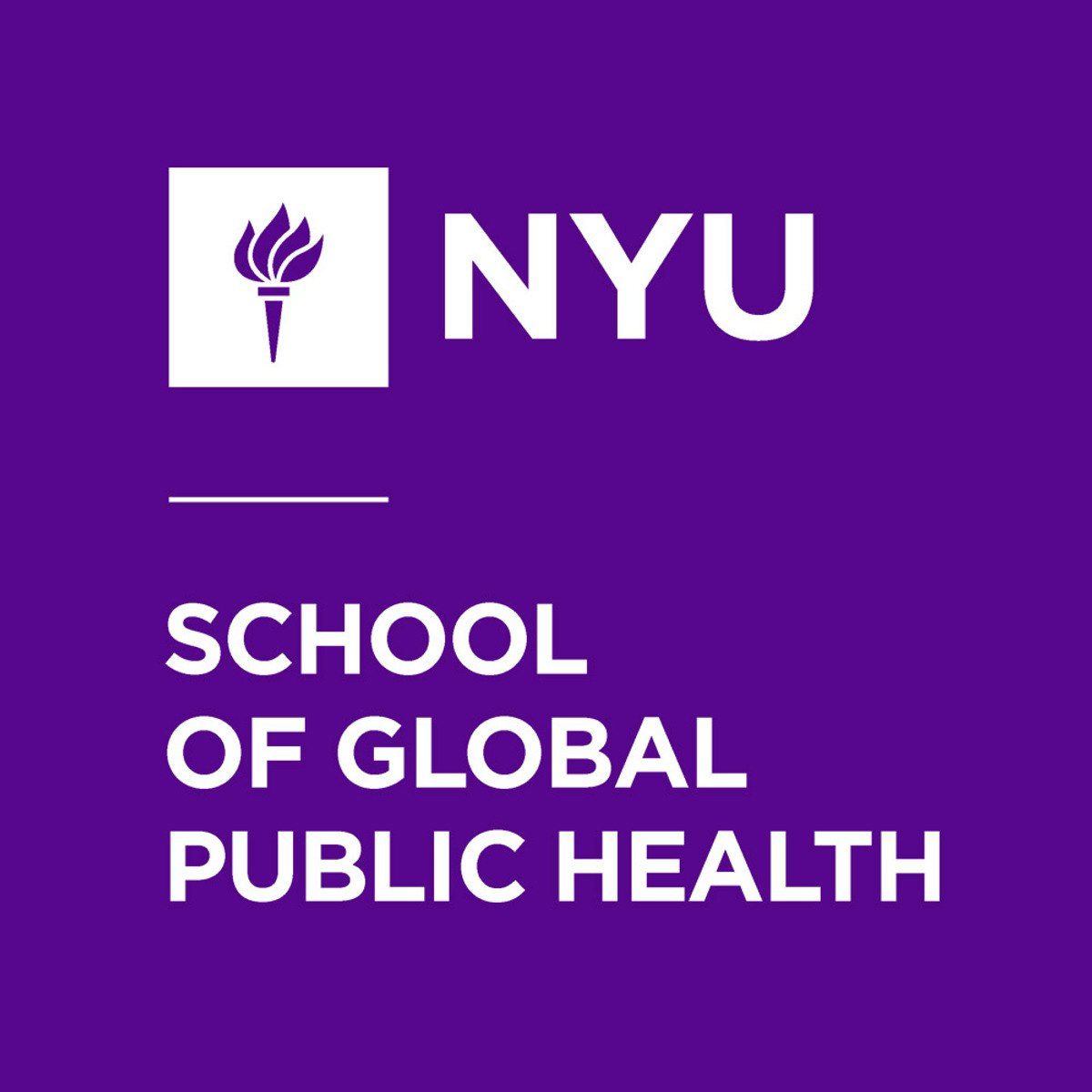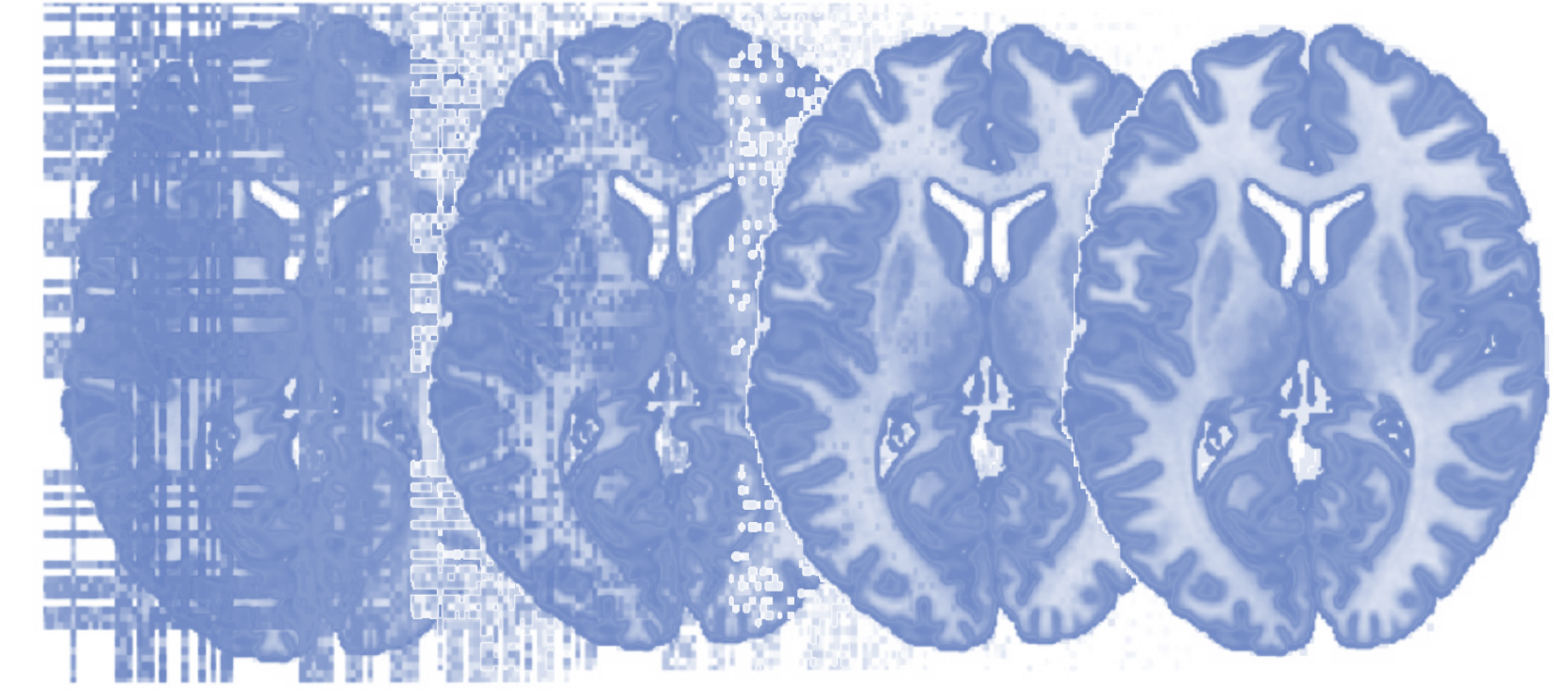Back to Courses









Life Sciences Courses - Page 28
Showing results 271-280 of 644

Introduction to the Multiphase Optimization Strategy (MOST)
This course is aimed at intervention scientists working in any area--including public health, education, criminal justice, and others—interested in learning about an innovative framework for conducting intervention research. This course will show you how to use the multiphase optimization strategy (MOST) to: streamline interventions by eliminating inactive components; identify the combination of components that offers the greatest effectiveness without exceeding a defined implementation budget; develop interventions for immediate scalability; look inside the “black box” to understand which intervention components work and which do not; and improve interventions programmatically over time. In this course you will relate the MOST framework to your research objectives; learn how MOST differs from the standard approach to intervention development and evaluation; learn how to complete the preparation and optimization phases of MOST; and become familiar with rigorous and highly efficient experimental designs that will enable you to examine the performance of individual intervention components.

Power and Sample Size for Multilevel and Longitudinal Study Designs
Power and Sample Size for Longitudinal and Multilevel Study Designs, a five-week, fully online course covers innovative, research-based power and sample size methods, and software for multilevel and longitudinal studies. The power and sample size methods and software taught in this course can be used for any health-related, or more generally, social science-related (e.g., educational research) application. All examples in the course videos are from real-world studies on behavioral and social science employing multilevel and longitudinal designs. The course philosophy is to focus on the conceptual knowledge to conduct power and sample size methods. The goal of the course is to teach and disseminate methods for accurate sample size choice, and ultimately, the creation of a power/sample size analysis for a relevant research study in your professional context.
Power and sample size selection is one of the most important ethical questions researchers face. Interventional studies that are too large expose human volunteer research participants to possible, and needless, harm from research. Interventional studies that are too small will fail to reach their scientific objective, again bringing possible harm to research participants, without the possibility of concomitant gain from the increase in knowledge. For observational studies in which there are no possible harms to the participants, such as observational studies, proper power ensures good stewardship of both time and money.
Most National Institutes of Health (NIH) study sections will only fund a grant if the grantee has written a compelling and accurate power and sample size analysis. The Institute of Education Sciences (IES), the statistics, research, and evaluation arm of the U.S. Department of Education, also offers competitive grants requiring a compelling and accurate power and sample size analysis (Goal 3: Efficacy and Replication and Goal 4: Effectiveness/Scale-Up).
At the end of the online course, learners will be able to:
• Use a framework and strategy for study planning
• Write study aims as testable hypotheses
• Describe a longitudinal and multilevel study design
• Write a statistical analysis plan
• Plan a sampling design for subgroups, e.g. racial and ethnic
• Demonstrate the feasibility of recruitment
• Describe expected missing data and dropout
• Write a power and sample size analysis that is aligned with the planned statistical analysis
This is a five-week intensive and interactive online course. We will use a mix of instructional videos, software demonstration videos, online readings, quizzes, and exercise assignments. The final course project is a peer-reviewed research study you design for future power or sample size analysis.

Introduction to Digital health
This course introduces the field of digital health and the key concepts and definitions in this emerging field. The key topics include Learning Health Systems and Electronic Health Records and various types of digital health technologies to include mobile applications, wearable technologies, health information systems, telehealth, telemedicine, machine learning, artificial intelligence and big data. These technologies are assessed in terms of the key opportunities and challenges to their use and the evidence of their effectiveness in the field of digital health in relation to public health and healthcare globally. The use and application of digital health for COVID-19 forms a case study demonstrating the use of different types of digital health technologies to address key aspects of the response to the virus globally.

Comparative Health Systems
This course uses comparative analysis of health care systems to gain a better understanding of health care systems in several high-income, middle-income and low-income countries. One focus of analysis in this course will therefore be to develop a better knowledge of these health care systems. A second focus will be to use to this analysis to gain a better understanding of the health care system in the United States. This analysis is relevant for those who are directly interested in the United States, but it is also relevant for those students who are seeking to enhance knowledge of the health care systems in their home countries by gaining a better understanding of the United States’ health care system.
A comparative analysis of health systems will help managers and health care professionals who are responsible for optimizing organizational outcomes by improving the quality of health care and simultaneously reducing the costs of health care. The course will use of a combination of the World Health Organization building blocks framework along with theories of complex systems to establish a framework to compare health systems in a number of high-income, middle-income, and low-income countries. This analysis will develop the capacity of managers to critically evaluate relationships between their organizations and the broader set of interactions between the building blocks that make up particular health care systems.

Principles of fMRI 2
Functional Magnetic Resonance Imaging (fMRI) is the most widely used technique for investigating the living, functioning human brain as people perform tasks and experience mental states. It is a convergence point for multidisciplinary work from many disciplines. Psychologists, statisticians, physicists, computer scientists, neuroscientists, medical researchers, behavioral scientists, engineers, public health researchers, biologists, and others are coming together to advance our understanding of the human mind and brain. This course covers the analysis of Functional Magnetic Resonance Imaging (fMRI) data. It is a continuation of the course “Principles of fMRI, Part 1”.

Skills for Nursing Informatics Leaders
In this first of our five courses, Dr. Karen Monsen introduces the nursing informatics leadership essentials and skills that will guide you through your studies as you apply leadership principles to the nursing informatics specialty.
Course Objectives:
• Describe essentials of nursing informatics leadership to gain a foundation for study in this specialization
• Reflect on your personal nursing informatics leadership goals to establish your plan to advance your nursing informatics leadership journey
• Complete the Minnesota Nursing Informatics Leadership Inventory to increase self-knowledge regarding your leadership skills and how you prefer to use them
• Join a nursing informatics organization or network to increase your nursing informatics collaboration and leadership opportunities

Resilience in Children Exposed to Trauma, Disaster and War: Global Perspectives
How do children overcome hazardous experiences to succeed in life? What can be done to protect young people at risk from trauma, war, disasters, and other adversities? Learn about the importance of fostering resilience in children at risk.
During this course, participants will: learn how trauma can affect children and the systems they depend on, gain insight into core concepts, research methods and lessons learned in last 50 years of resilience research, learn how research is being applied in the real world through interventions that promote resilience, and engage in discussions with others who are working with children at risk around the world
Participants are welcome to take the MOOC at no cost or to register for a Course Certificate ($49). Those who register and earn a Course Certificate from Coursera also are eligible to sign up for continuing education clock hours through the University of Minnesota.
Participants can earn 10 clock hours of continuing education credit (added cost $99) from the College of Education and Human Development at the University of Minnesota. Go here http://z.umn.edu/1a5q to register for continuing education clock hours for completing this course.

Fixing Healthcare Delivery
Isn’t it time to end the loss of life from preventable medical errors?
Each year 100,000 patients die from preventable errors in the U.S. How can you help to change this intractable problem? Knowledge is power, and this course will provide you with a deep understanding of the problems and the solutions. You can become part of the solution.

Qualitative Data Collection Methods
This course presents a detailed overview of qualitative methods of data collection, including observation, interviews, and focus group discussions. We will start with an in-depth overview of each method, explore how to plan for data collection, including developing data collection guides, and discuss techniques for managing data collection. For observation, we’ll focus on approaches with low levels of interaction with people and the environment (e.g. non-participant observation). We’ll talk about note-taking strategies, the use of observation guides, and approaches to writing up fieldnotes. For interviews, we’ll discuss development of effective question guides and demonstrate interviewing techniques. For focus group discussions, we’ll highlight moderation strategies and how to integrate activities into question guides to promote interaction in the group setting. Finally, we’ll briefly discuss the transcription process for recorded interviews and focus group discussions. Learners of this course will not only be able to put what they learn into practice, but they'll also develop a portfolio of qualitative research materials for career advancement.

Opioid Epidemic: From Evidence to Impact
While prescription opioids serve an invaluable role for the treatment of cancer pain and pain at the end of life, their overuse for acute and chronic non-cancer pain as well as the increasing availability of heroin and illicit fentanyl, have contributed to the highest rates of overdose and opioid addiction in U.S. history. Evidence-informed solutions are urgently needed to address these issues and to promote high-quality care for those with pain. This course and the report it is based on are a response to that need. They offer timely information and a path forward for all who are committed to addressing injuries and deaths associated with opioids in the United States.
Popular Internships and Jobs by Categories
Find Jobs & Internships
Browse
© 2024 BoostGrad | All rights reserved